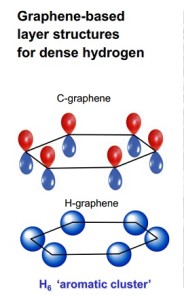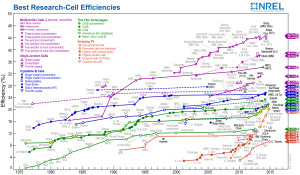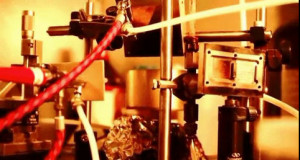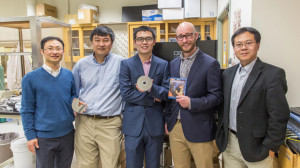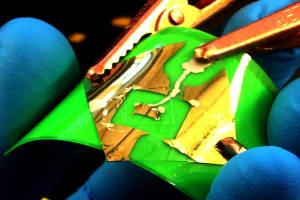
The heterostructures is based on 2D atomic crystals for photovoltaic applications.
Image: University of Manchester
Researchers from the University of Manchester in conjunction with the National University of Singapore have discovered an exciting new development with the wonder material graphene.
The researchers have been able to combine graphene with other one-atom thick materials to create the next generation of solar cells and optoelectronic devices.
With this, they have been able to demonstrate how multi-layered heterostructures in a three-dimensional stack can produce an exciting physical phenomenon exploring new electronic devices.


